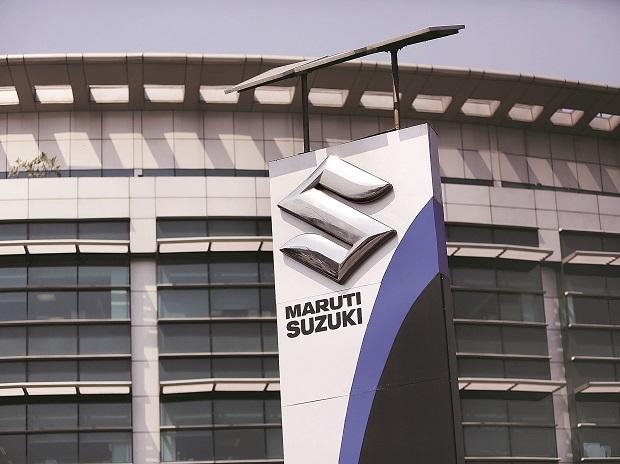Maruti Suzuki Working On Various Initiatives To Make Roads Safer: Official

Maruti Suzuki India is working on multiple initiatives, including setting up driver training institutes and fully automated driving test tracks, in order to make roads safer, a senior company executive said on Friday.
The auto major has now automated all 12 driving test tracks in Delhi as part of the Memorandum of Agreement (MoA) with the Department of Transport, NCT of Delhi signed in December 2017.
As part of the initiative, Maruti Suzuki's automated driving test track at Lado Sarai was inaugurated by Delhi Government Principal Secretary for Transport Ashish Kundra on Friday.
Maruti Suzuki Executive Officer - Corporate Affairs Rahul Bharti said the company has been working hard over the past two decades on all five pillars of road safety -- engineering, education, evaluation, enforcement and emergency care.
He noted that as the country's largest carmaker, it is company's responsibility to work towards enhancing safety for people on the roads.
While the car safety norms keep evolving, one also needs to work for the safety of the most vulnerable segment on the roads -- two wheeler riders, cyclists and pedestrians, he added.
"So we are working on various aspects of road safety and setting up automated driving test tracks for issuance of driving licences is part of the initiative. At some point in time, we also plan to reach out to children in schools for road safety awareness," Bharti said.
On the tie up with the Delhi government for the automated driving test tracks (ADTTs), he said, the company's role was to carry out construction of the test tracks, set up automation and IT system and provide maintenance support for three years before handover to the Delhi government.
In the ADTTs, driving license seekers get tested on their skills by video analysis technology with zero human intervention, all within 10 minutes cycle time.
"With this inauguration of Lado Sarai centre, Delhi is now 100 per cent computerised in driving license testing," Bharti said.
Explaining the impact of automation in licensing, Bharti added, "It is interesting to note that in the manual testing method, the pass percentage of applicants stood at 84 per cent in 2018. Soon after the introduction of ADTTs and standardisation of testing, the pass percentage dipped sharply to about 34 per cent, which has gradually improved to 64 per cent now."
This suggests that candidates are now coming better prepared for their driving test and it also reflects that the license is awarded only to the skilled candidate making roads safer, he noted.
The test tracks are designed to evaluate essential driving skills in-line with the Central Motor Vehicles Rules (CMVR).
(Only the headline and picture of this report may have been reworked by the Business Standard staff; the rest of the content is auto-generated from a syndicated feed.)
Monzo Looks For US Banking License
Monzo is preparing a renewed push to secure a US banking licence, four years after abandoning its first attempt when tal... Read more
Crypto Firms Push Into US Banking
America’s cryptocurrency companies are scrambling to secure a foothold in the country’s traditional banking system, ... Read more
Parallel Banking: Stablecoins Are Now Global
Parallel Banking: How Stablecoins Are Building a New Global Payments SystemStablecoins—digital currencies pegged to tr... Read more
JPMorgan Deploys AI Chatbot To Revolutionize Research And Productivity
JPMorgan has deployed an AI-based research analyst chatbot to enhance productivity among its workforce, with approximate... Read more
Private Equity And Banks: The Complex Web Of Leverage
Private equity has emerged as a significant force in the global financial landscape, driving substantial growth and inve... Read more
Financial Watchdog Highlights Unresolved Vulnerabilities In Shadow Banking Sector
The world’s leading financial stability watchdog has issued a warning about the unresolved vulnerabilities within the ... Read more

